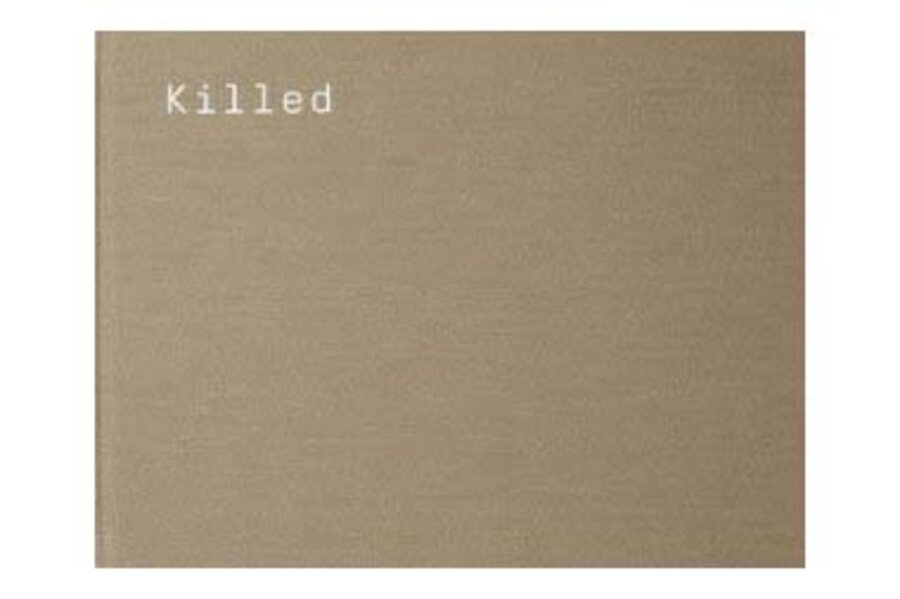The Farm Security Administration (FSA)/Office of War Information photography project, under the leadership of director Roy E. Stryker, produced some of the most iconic images in American history. From 1935 to 1944 photographers such as Walker Evans, Dorothea Lange, and Marion Post Wolcott documented the Great Depression. Images of migrant mothers, dust storms in Oklahoma, and sharecroppers in Alabama appeared in magazines and newspapers across the country. In Killed: Rejected Images of the Farm Security Administration, William E. Jones has assembled a book full of images from the collection that were never meant to be published. In so doing, he also raises questions about the sometimes brutal and destructive editing methods of Mr. Stryker.
Stryker, a former economics professor at Columbia University in New York, had a clear vision of the images he wanted from the FSA photography unit. For the first few years of the project, if an image didn’t fit his vision, Stryker would “kill” it by punching a hole in the 35-mm negative. Stryker never picked up a camera himself, which may explain why he seemed unconcerned about irreversibly damaging the work of some of the most-admired documentary photographers in America. The value of these images as historical documents makes it hard to understand why he took such drastic measures. Fortunately Stryker put down the hole punch in 1939, but what remains are hundreds of damaged images that today exert their own strange power.
The collection of 157 images takes on a new meaning with the glaring black hole at the center of each photo, as Stryker often struck at the photo’s focal point. Although some of the photos are blurry or poorly exposed, many – particularly those by Mr. Evans and John Vachon – are arresting images.
Looking through “Killed” it is often unclear what led Stryker to reject certain images. Evans’s photograph of a small, shoeless Floyd Burroughs Jr. is a well-composed and gripping portrait of the poverty sweeping the nation during the Great Depression. Yet perfectly centered in the image, just below the boy’s sad face, is the irreversible kill sign.
What is missing from the images in “Killed” makes the book both insightful and revealing. “Killed” brings these never-before-published photos from the FSA collection into public view and provides greater insight into the structure of the FSA program and the goals of the photographers.
Reviewed by Ann Hermes, Monitor staff photographer





